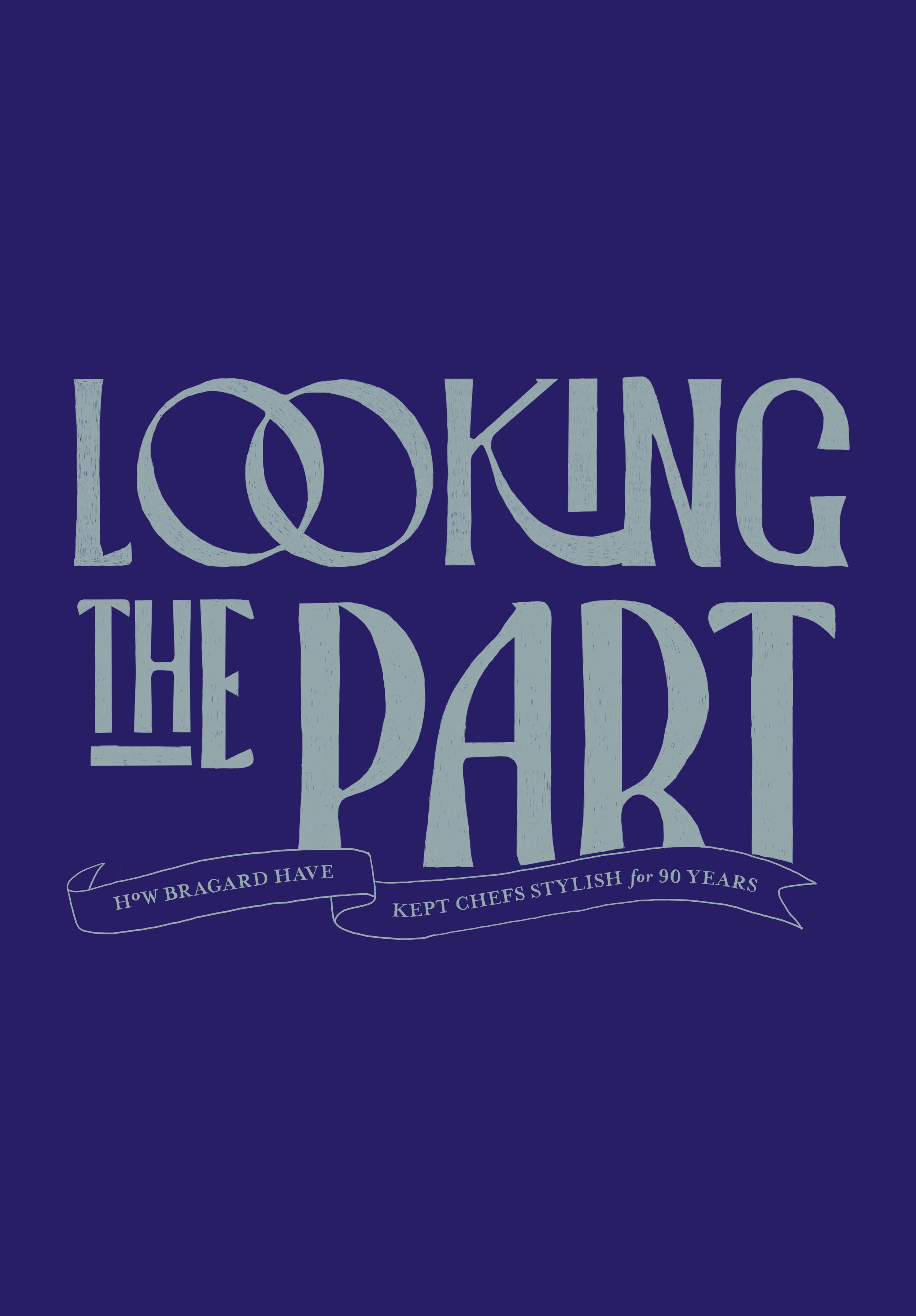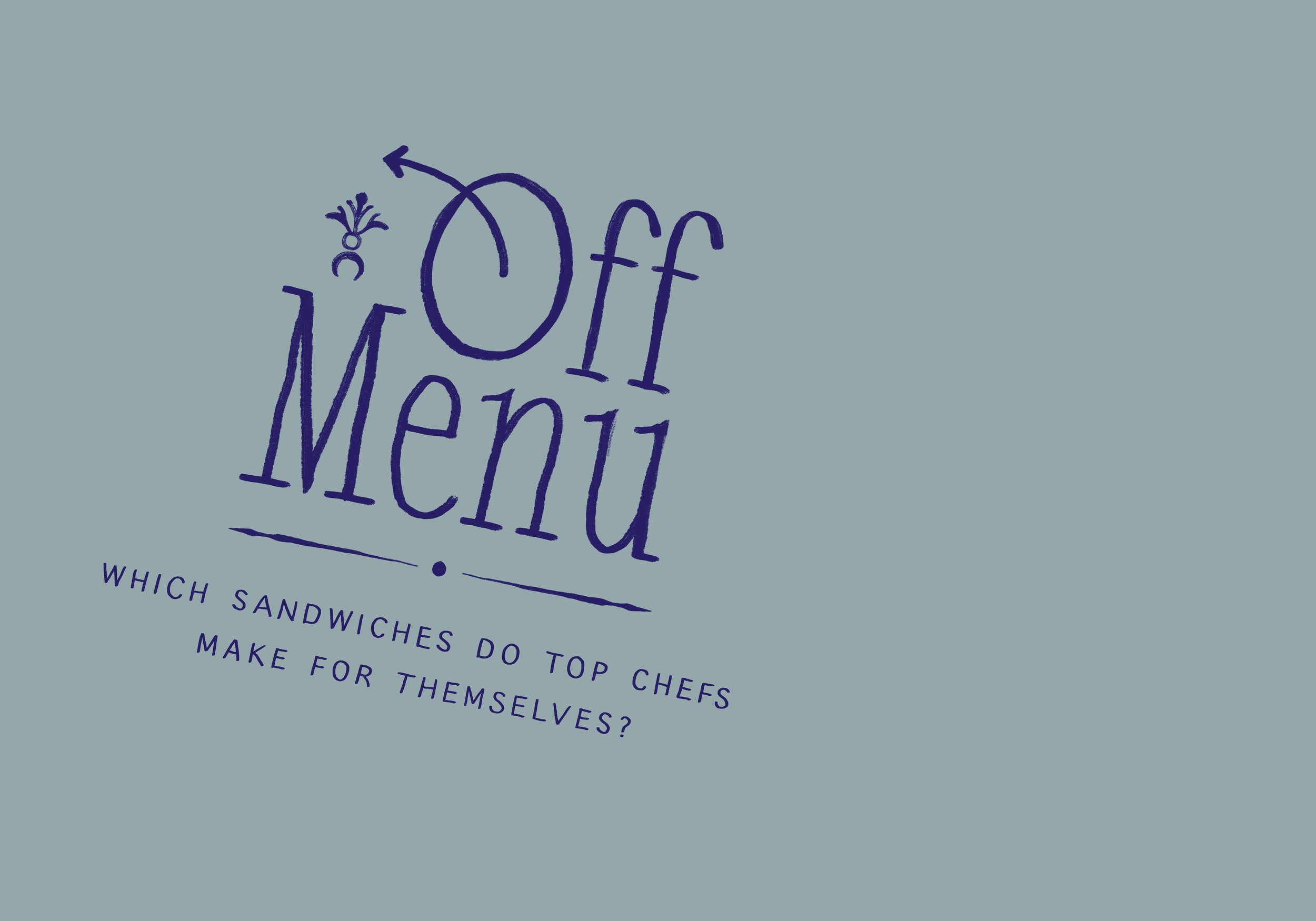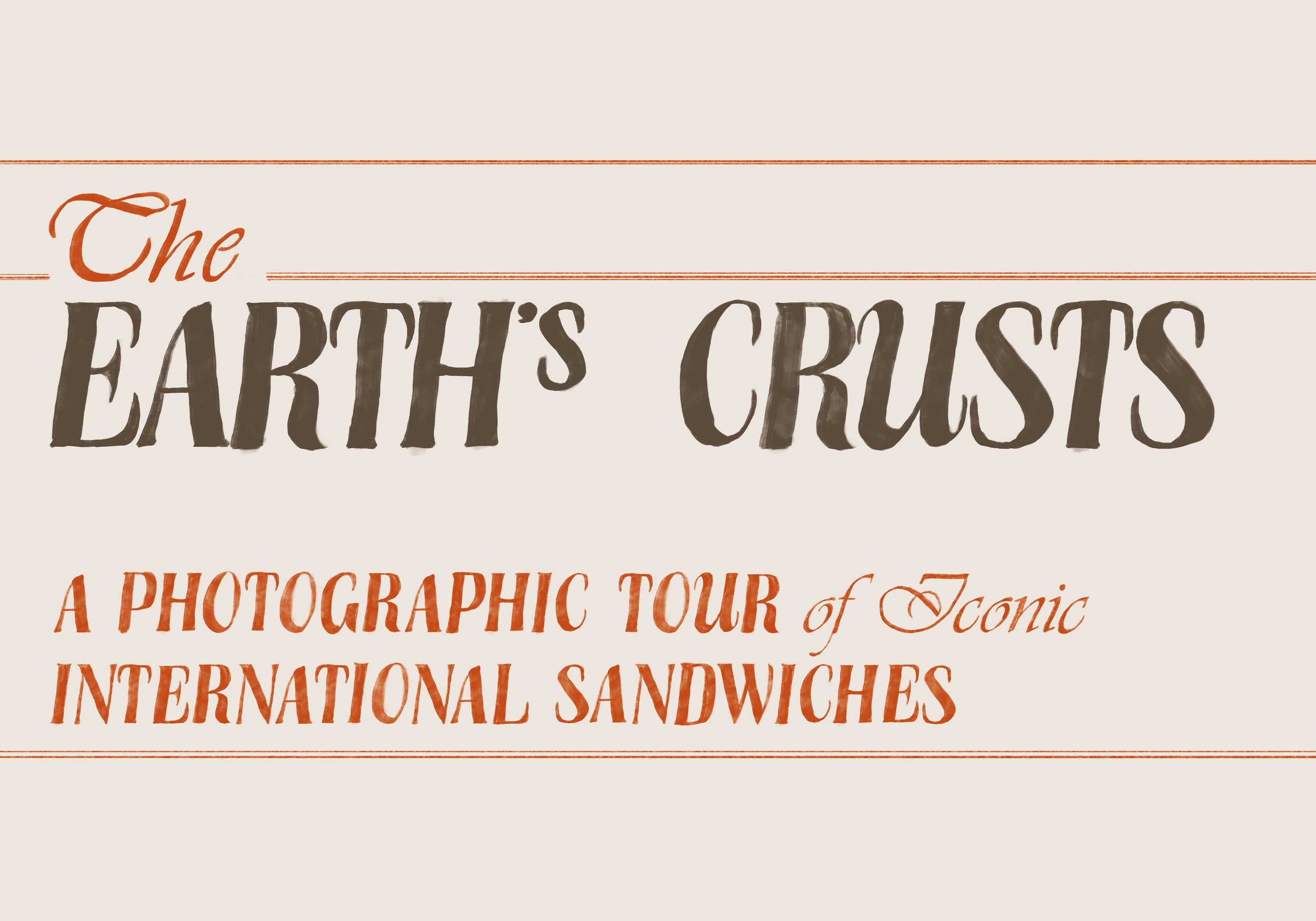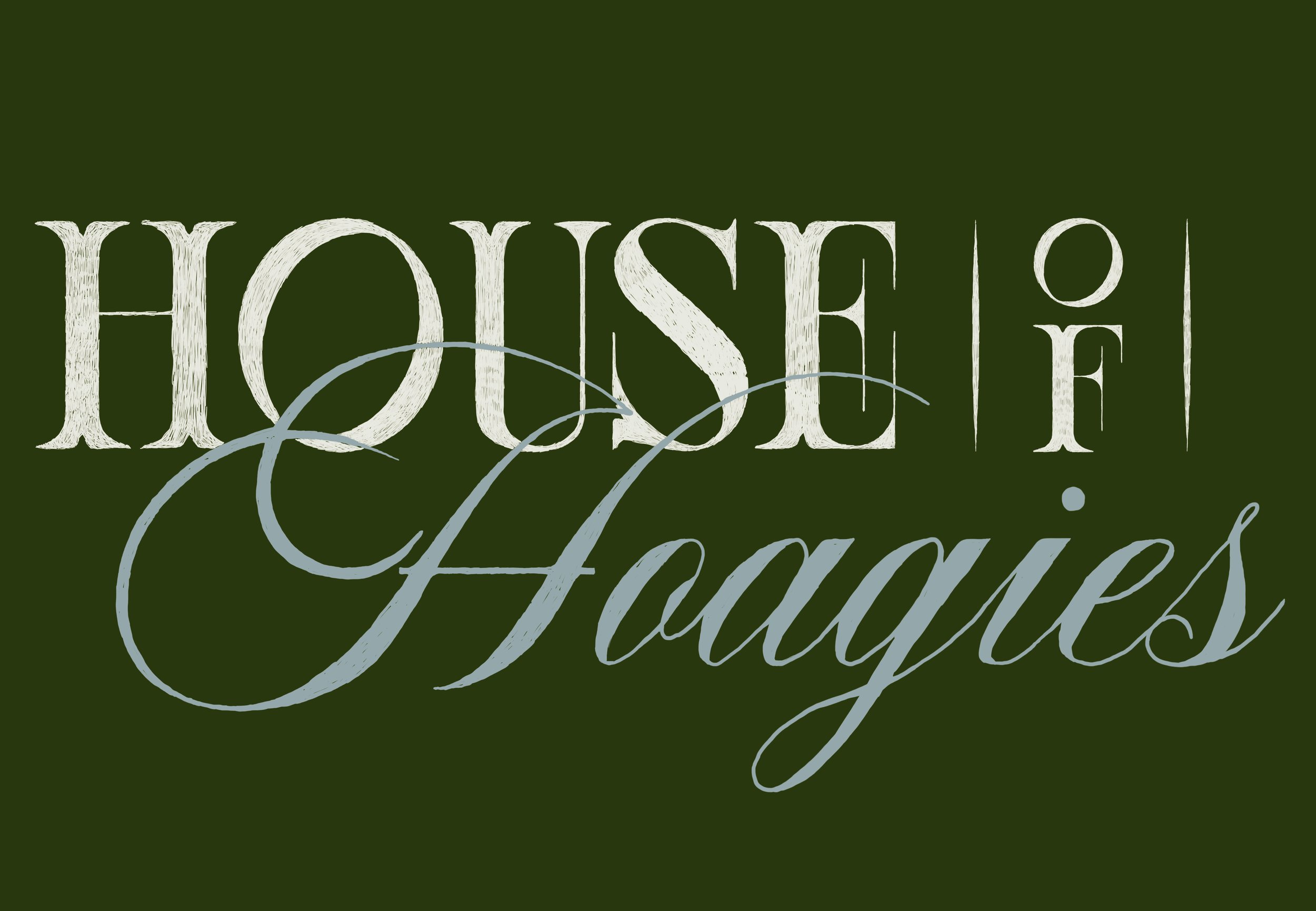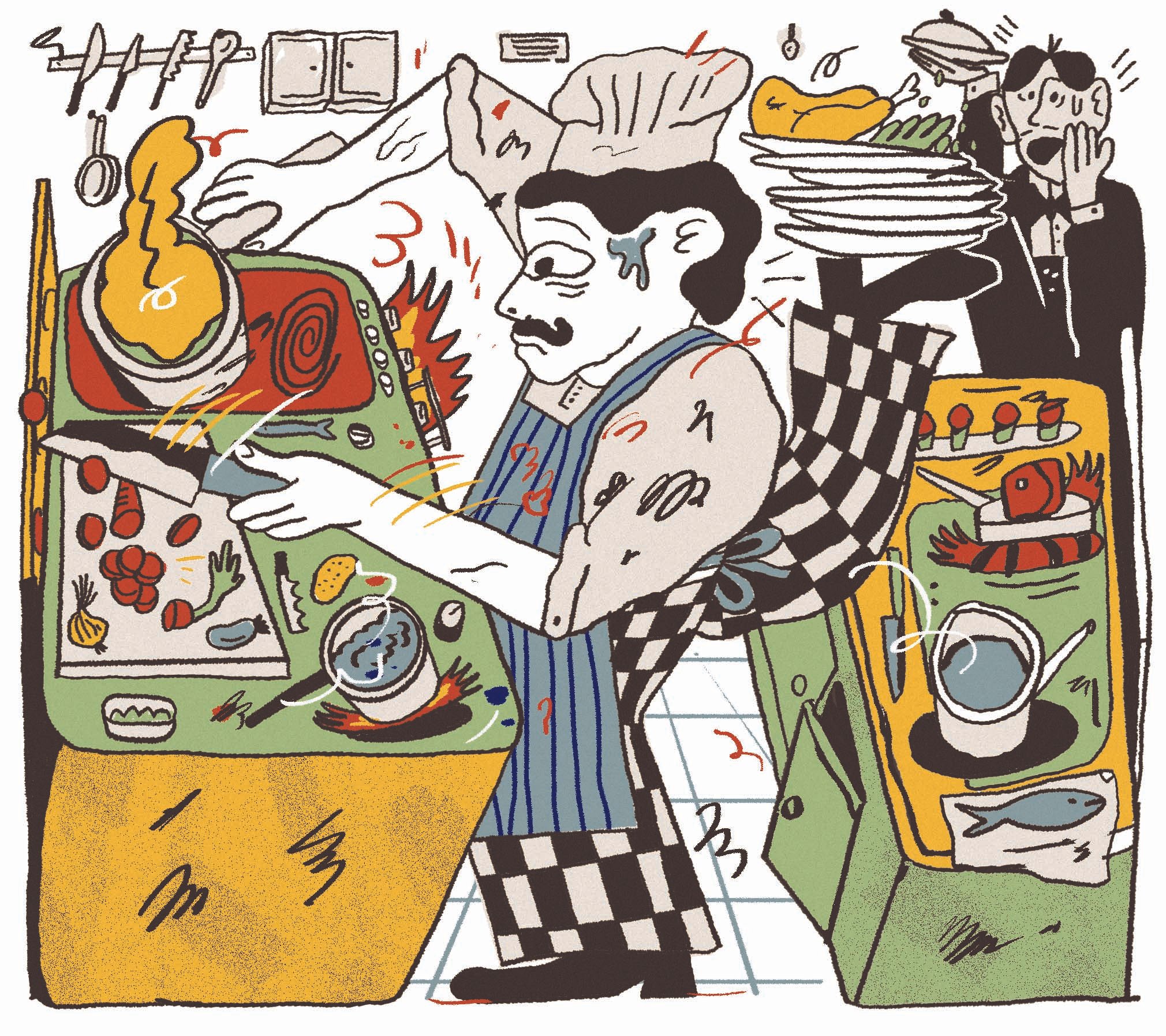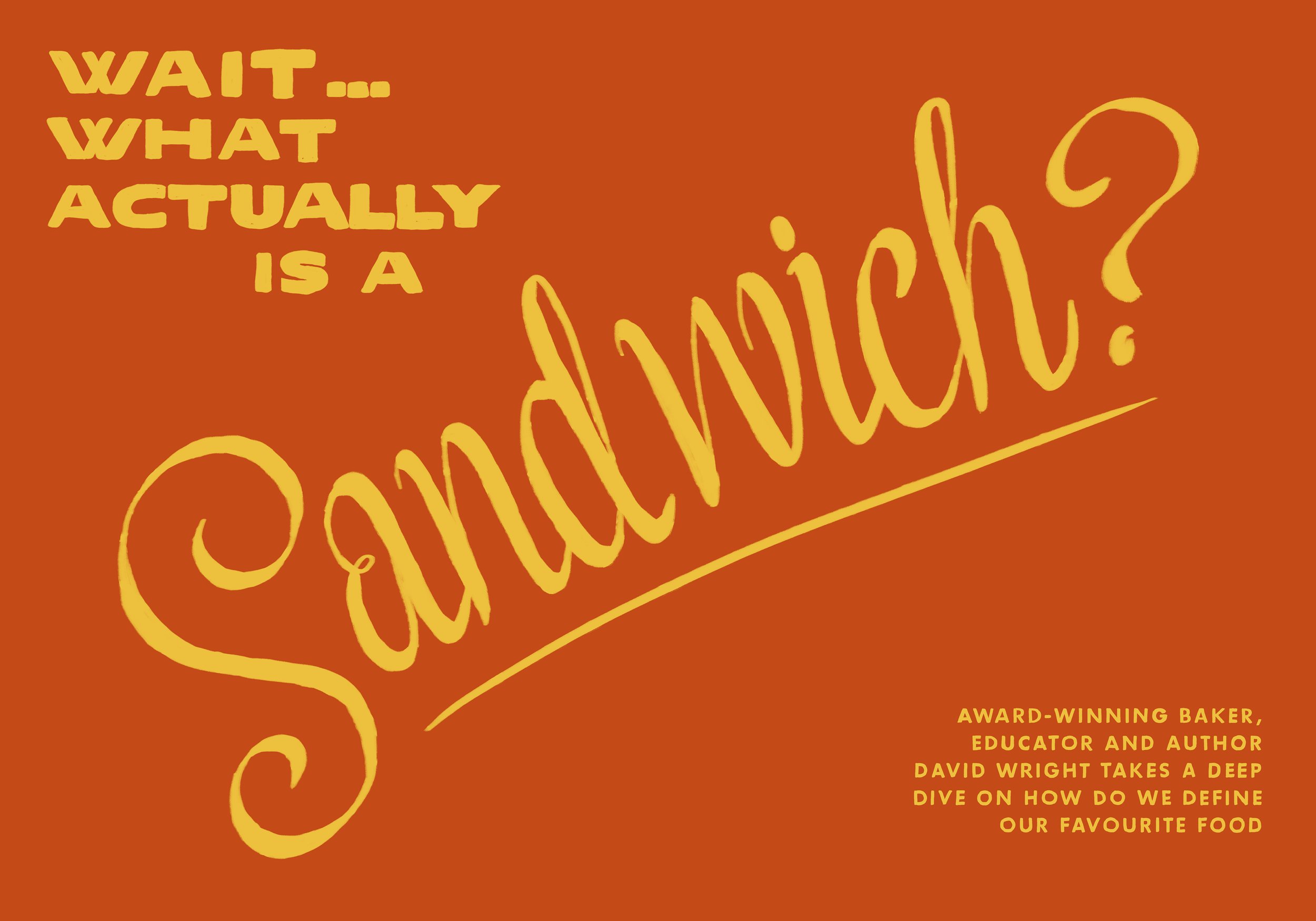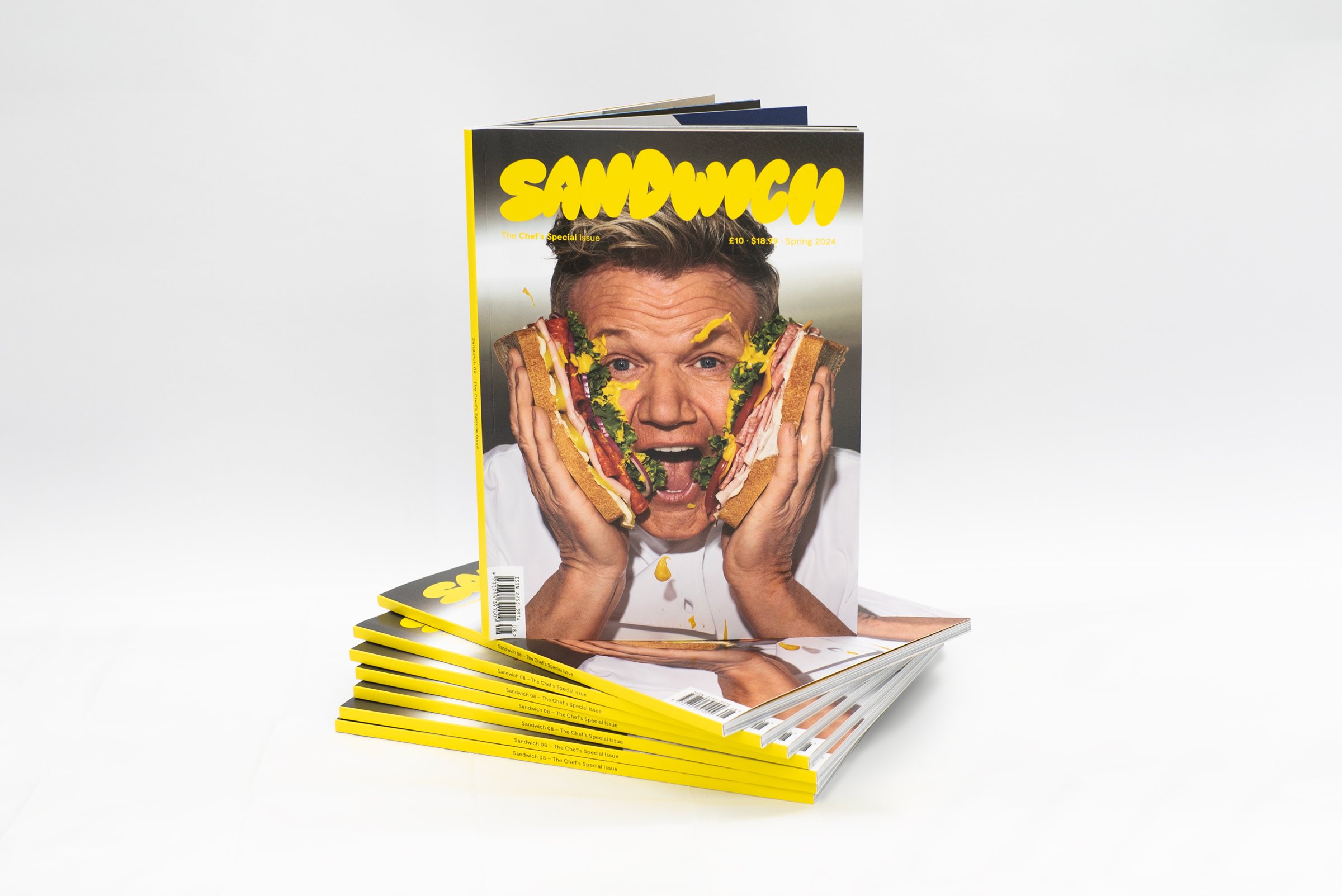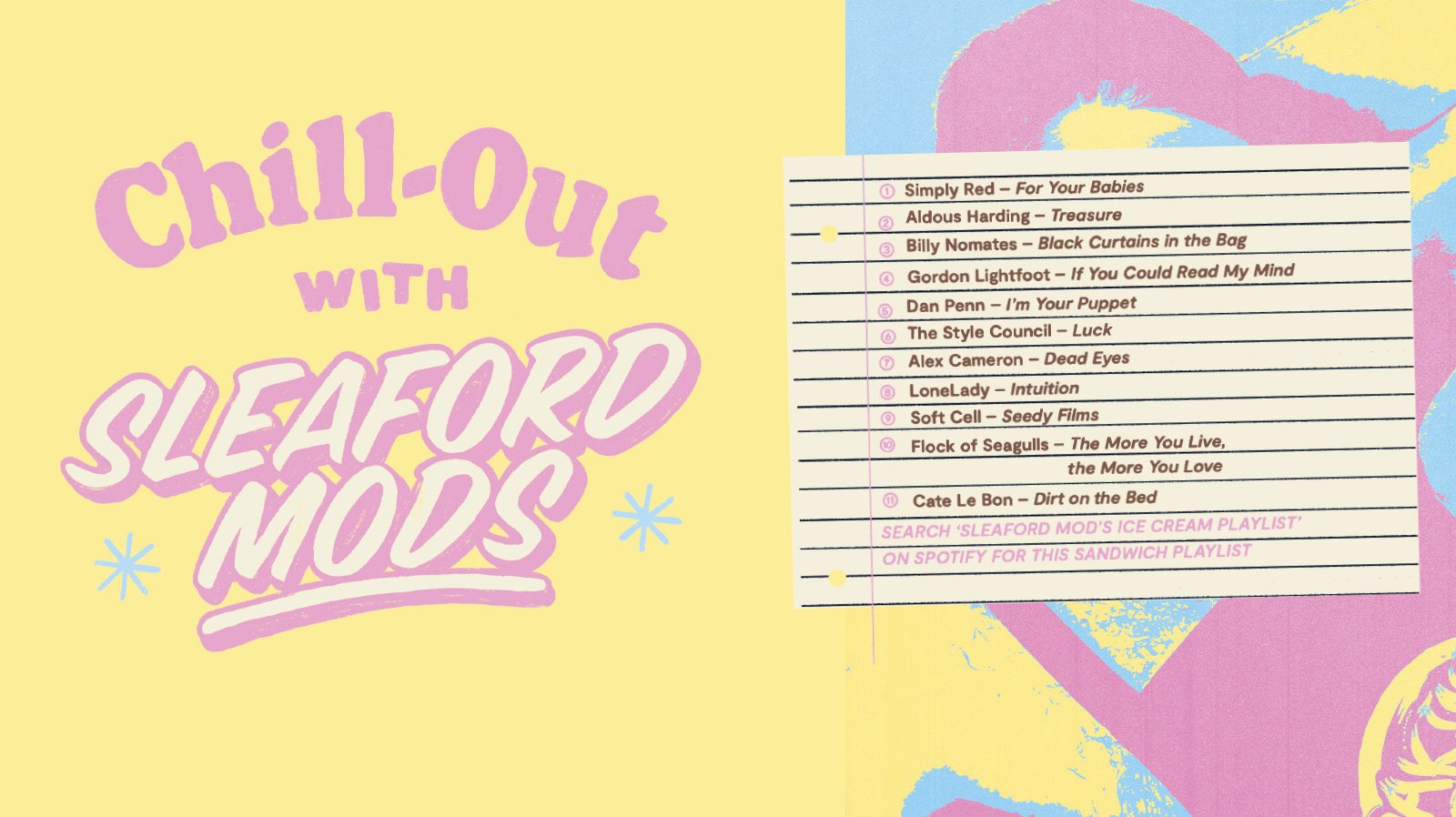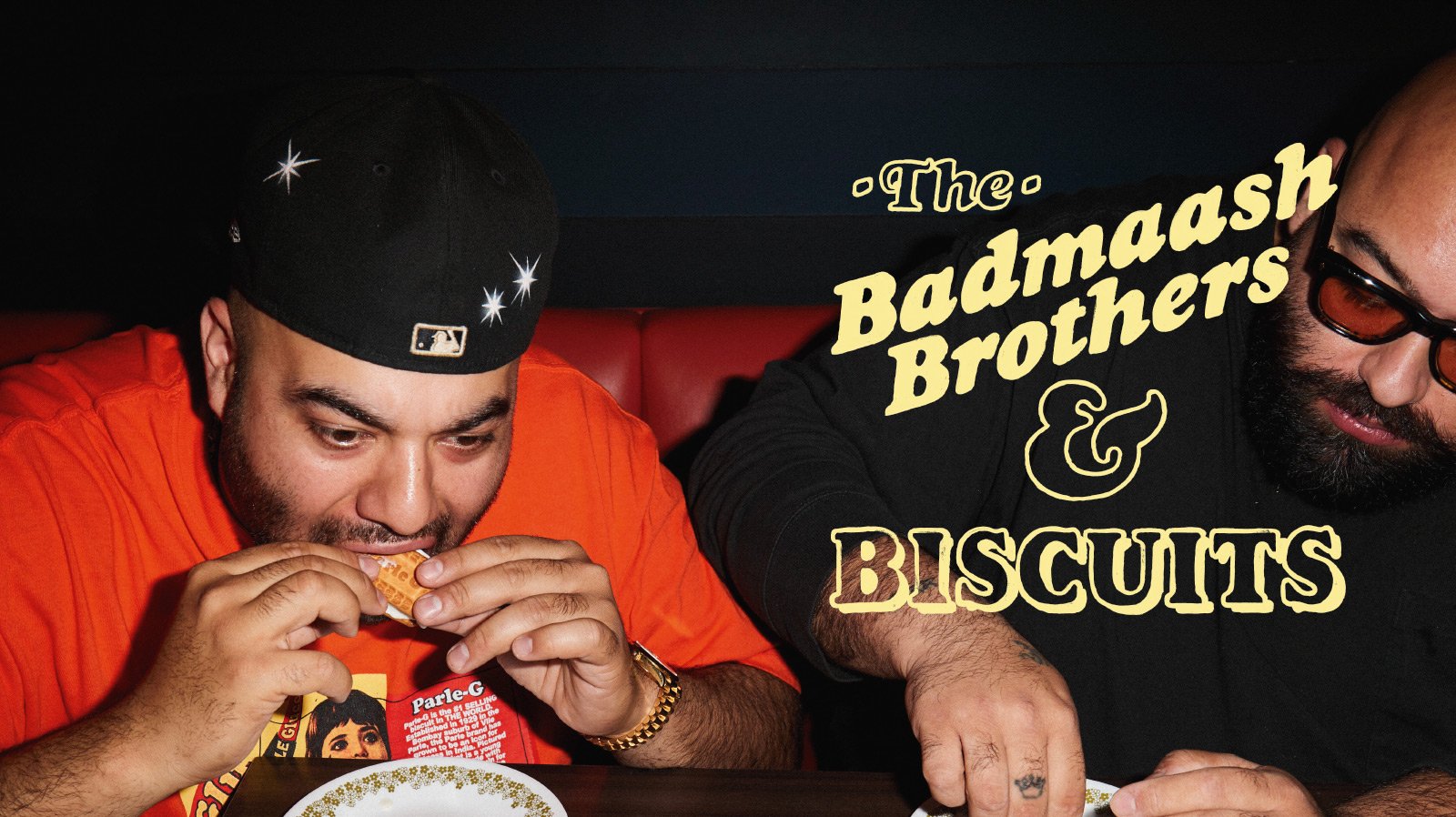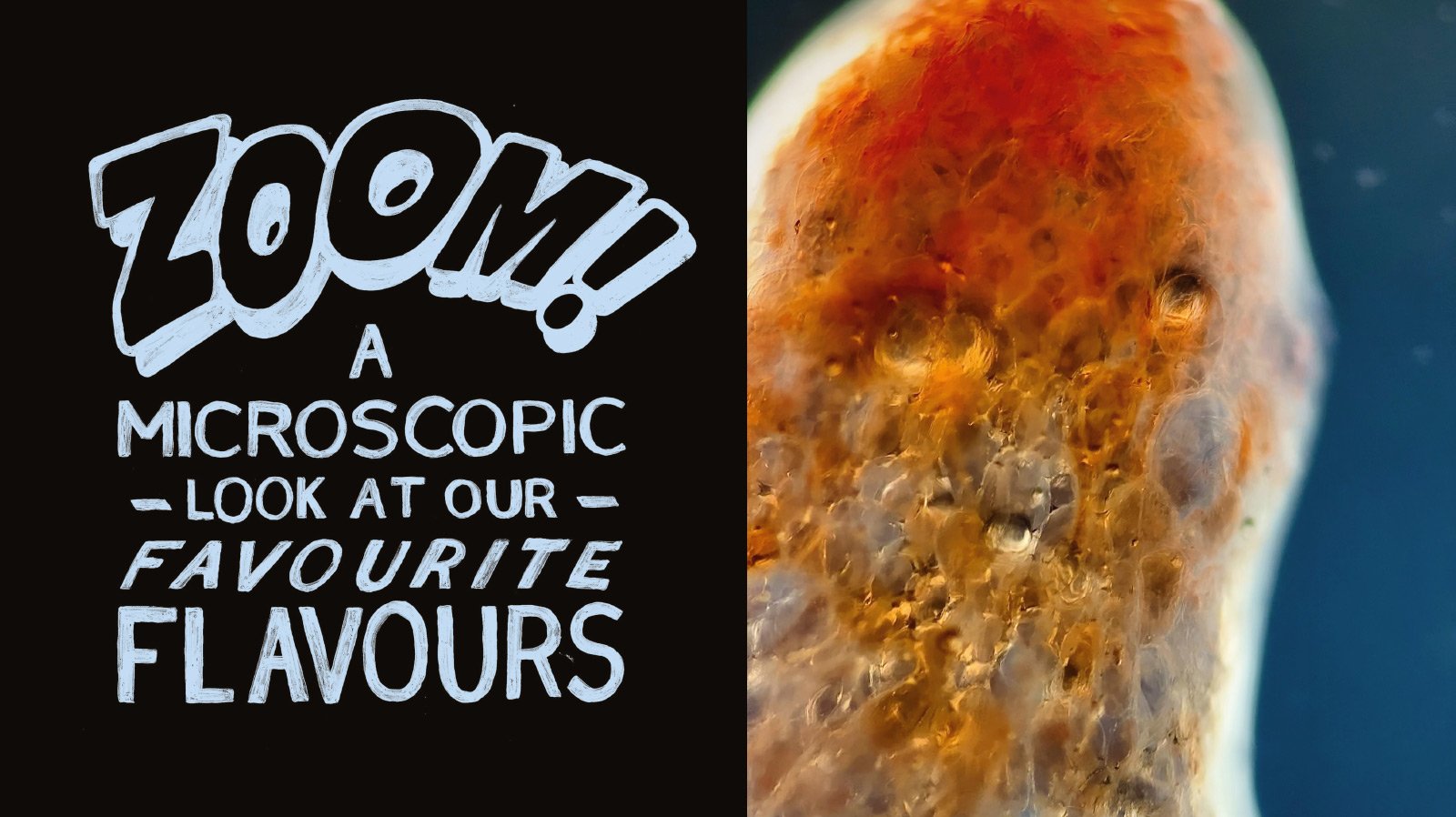Food For Thoughts
Words Katherine Templar Lewis
Illustrations Lan Truong
Scientist Katherine Templar Lewis tells us why ice cream fires the same dopamine receptors as sex, drugs & rock ‘n’ roll…
At a tiny British music festival in the heat of the summer of 2008, I witnessed Evan Dando, lead singer of the ’90s grunge band, The Lemonheads standing on a stage with his arm around Ben from the infamous ice cream brand, Ben & Jerry’s. I think it was Ben, it might have been Jerry. Anyway, Ben or Jerry stood tall and proud in his socks and sandals. His sensible khaki shorts were paired with a tie dye T-shirt and a green bucket hat. He grinned merrily, like a summertime Father Christmas. He was introducing his annual festival, Sundae In the Park. Free ice cream, free music, possible sunstroke and all the rest. Evan Dando, the unreliable boyfriend rock star, who famously missed his 1995 Glastonbury set because he was in a room with heroin and a model was back. As Evan stood up to play his set he warmly embraced the happy-go-lucky, peace-loving, Canadian ice cream maker.
As Evan and Ben or Jerry stood together on that surreal day, I stood below, licking my Phish Food. And I got it. Because despite not needing the previous three cones, I couldn’t stop putting my hand out for more. And as I looked at the two men, I realised they weren’t as far apart as their worlds seemed to be. Because in my brain, the perfect combination of sugar and fat was triggering a dopaminergic chemical cascade, a cascade of pleasure. And like it or not, it was exactly the same neural pathways that Evan had needled his way into, time and time again. And just like Evan, trying to justify to a reporter how he could miss a headline set for heroin, there was no other explanation than, “it just felt good”.
I once heard someone call dopamine the “Kim Kardashian of the neurotransmitters”. I feel it’s slightly harsh to compare a brain to someone who does not always seem to use theirs, but sure, if there were a celebrity among brain chemicals, it would be dopamine. Forever labelled the feel-good chemical, it is powerful and intoxicating. It is the reason we are given chills by music we love, the reason we swoon when we fall in love, smile when someone we know calls our name and why we just can’t get enough of the caramel swirly, melting goodness in a wafer cone that makes a trip to the seaside complete. Its effects are, in many ways, simply lovely. But as often as it is mentioned in relation to pleasure and fun, it is also connected with addiction and vice. It is perhaps the most controversial and misunderstood of all the brain chemicals. Which is why perhaps it is my favourite. And why I guess maybe the comparison to Kim Kardashian isn’t that far off.
Let’s start with a hard truth. Your brain doesn’t care much about being your friend. Your brain cares about being your protector. Like a ’70s Boy Scout leader, it is over-cautious, safety seeking, rooted in its ways and yet easily influenced. It’s also trapped behind a skull, interfacing with the world through your body. To keep you safe, the brain needs to work out what to go towards and what behaviours to engage in to increase your chances of survival. And at the same time, it needs to flag up what to avoid, objects or actions, that will decrease your chances. It does that by smelling, seeing, hearing, touching or shoving in your mouth anything that it comes into contact with. Anything it likes, it makes you go towards, And anything that it doesn’t it makes you run from. Or fight. Approach or avoid, that’s how you survive. You are basically Pac-Man. And the hands on the controls are the neurotransmitters; chemicals in your brain that when released, send electrical messages across your brain, to get you to, well basically, avoid or approach.
Dopamine, (a contraction of 3,4-dihydroxy-phenethylamine) is the neurotransmitter we most commonly associate with approach. When you see, hear, touch or taste something nice – and by nice I mean something deemed useful to survival – dopamine is released into the brain. There it attaches to one of a range of receptor cells (We’ve found D1-5, but D6/7 are still in question) located in several regions of the brain, including the mesolimbic pathway, or in layman’s terms, the reward centre. You see, dopamine is actually not about pleasure or liking, it is about wanting and reward. It determines motivational salience. The dopamine surge that you get from any survival supportive stimuli is a signal that literally makes you feel good. It’s your reward. Like Pavlov, your brain uses this ‘reward’ to reinforce the behaviour that led to its release. Creating a positive feedback loop making you want to do it again and again and again.
“If there were a celebrity among brain chemicals, it would be dopamine.”
And nothing lights up dopamine pathways like the classic group of sex, drugs and rock ’n’ roll (as our friend Evan Dando well knew), oh, and snacks as well. And when it comes to snacks, ice cream is a winner. Because, like old ladies who survived a war, the human brain also evolved in a time of scarcity. So the minute it sets eyes on a globule of energy-rich sugar and fat, it dives in. As the fatty goodness dissolves on the tongue, electrical taste signals rush up the cranial nerve and across the brain eventually to the central cortex, where the sensation becomes a perception. (Yes, taste is actually created in the brain not in the mouth). Your brain loses its mind at the mega sweetness and thus › how many calories every spoonful has in it, calories which could keep you running from sabre-toothed tigers for hours. It’s so useful that even if you’re not hungry and you’ve just had lunch you can simply stash it in a love handle handbag and save it for later. To a true survivalist, ice cream is pure gold and rewards you finding it with dopamine galore. The brain registers this bizarre emulsion as good stuff, receptors jangle excitedly, and the brain says WE GO AGAIN!
But that’s why it is so sneaky. Dopamine doesn’t actually make you feel happy, it simply makes you want to do the thing again. It provides our internal drive to do things. Be it climbing a mountain, writing an album, or missing a set at Glastonbury… Whichever way you look at it, it is a highly motivating chemical. And as such it can also be highly, highly addictive. Whichever stimuli you choose.
The release of dopamine in response to the consumption of ice cream appears to be the same as the release of dopamine in response to heroin. The same pathways, the same dopa-mine surge, even the same changes over time in dopamine receptor cells that cause cravings for greater and greater amounts, and tip into spirals of addictive behaviours. Remember Evan Dando and Ben or Jerry, standing side by side. Drugs and ice cream share more than meets the eye.
But before I scoop as low as Time Magazine, which opened an article several years ago with the line “Is Häagen-Dazs ice cream as addictive as heroin?” I would like to state that while both substances can be involved in addiction, it is a complex combination of external factors, individual brains and past experiences that lead someone to any type of addiction. To reduce the role of dopamine to addiction is to reduce its important role in decision-making and conscious choice.
In fact, understanding the complexities of dopamine are so important that in 2017, the Brain Prize – the largest prize in neuroscience – was given to three neuro-scientists, Wolfram Schultz, Peter Dayan, and Ray Dolan for their work to better understand the behaviour of dopamine and how it influences our actions and survival, playing important roles in everything from gambling, drug addiction, psychopathic tendencies, Parkinson’s disease, ADHD and schizophrenia.
And while that list might seem a bit gloomy, dopamine can also make us curious, and urge us to explore. For while brains can become overstimulated by dopamine in cases of addiction, when people are positively motivated by dopamine, they strive to learn. Dopamine helps us focus, keeps us attentive, it even boosts our working memory. It helps us be super social and plays a major role in the formation and maintenance of pair bonds – which is a soul destroying, scientific way of saying, ‘love’. It reduces inflammation, helps movement, and even increases cognitive flexibility – a core component of creativity. And whether or not this is a good thing, but I’m going to throw it in anyway, it changes our perception of time. It makes time appear to speed up. Which is why time flies when you’re having fun, sex or ice cream.
With our complex dopamine system, nature has endowed us with a fantastic apparatus for optimising behaviour. So good that Professor Peter Dayan (of the Brain Prize) is now actually working on applying the logic of decision-making seen in the dopamine system to artificial intelligence algorithms to help them make better decisions. But we have always played with the doper-megenic system, culture and art has learnt to hack it for no real reason other than pleasure. Which brings us to the rock ’n’ rolll element of
the triumvirate of dopamine.
Music as an art form plays with the dopamine system, in a way that is as beautiful as it is ingenious. Details of composition evoke dopamine as the brain follows the patterns › inherent to music. For example, in jazz, the mix of known and unknown elements such as standards and syncopation plays with the brain's expectations, as the brain recognises patterns (dopamine) and then delights at surprising rhythms (dopamine) and then revels in chord progressions and completions (dopamine). In 2019 a clinical study from UCL looked at the degree of pleasure experienced during “musical chills” and came to the conclusion that increased dopamine acts as the fundamental condition for pleasurable hedonic reactions to music. And in humans it is driven by the intrinsic ability of dopamine to induce feelings ranging from anticipation to euphoria.
But the thing I love about music is that it is created simply for the pleasure of listening to it. Music activates every single part of the brain. Steven Pinker, cognitive psychologist, called it “cheesecake for the mind”. I assume he actually meant ice cream. Music is culturally universal and present in all human societies across the world. Napoleon Bonaparte once stated that “music is what tells us the human race is greater than we realise”. And Friedrich Nietzsche exclaimed that without music, “life would be a mistake”. It took us three billion years to invent music and when we did it was a gift. In my mind it stands high above ice cream and sex, it has no clear direct benefit to our survival, flying in the face of human biology. No evolutionary function. It just feels good. Dopamine galore. But unlike drugs, a music high doesn’t have a come-down.
You see, dopamine has a thousand useful properties and associations, few of which are ever mentioned in the press who so often villainise it. Sure don’t do drugs, but sex can be good for you and rock ’n’ roll is a dopamine gift. And even if you do do all three, don’t get mad at dopamine. You need it to survive.
Not that everyone is clear on that either. In 2018 the fad of ‘dopamine fasting’ appeared, a perfect example of the misconception of the neurosciences of dopamine’s action within the brain. Created by California psychiatrist Dr. Cameron Sepah, it was the idea that you should keep yourself away from all social media, digital technology and with it the notifications that accompany living in a modern, technology-centric society. Without these reward-inducing cues (as yes, they do all hijack dopamine path-ways) we would be able to find pleasures in simpler activities. Fine, I get it but people started adopting ever extreme versions of this ‘fasting’. Not exercising, not listening to music, and not eating. Not even ice cream. Disconnecting from all pleasurable and also many survival-positive stimuli. Maladaptive behaviour born out of reductive misunderstood science. And also totally pointless as you can’t actually “fast” from naturally occurring brain chemicals anyway.
“Ice cream, when eaten first thing in the morning, had an ‘awakening’ effect on the mind that increased mental capacities across the day.”
Although worryingly, as we age we do lose around 10% of our dopamine-producing neurons, which can deplete our ability to predict future rewards accurately and lead to bad decision making which I reckon is a scientific reason to listen to more music, have more sex and eat more ice cream. Keep that brain sharp. I would also eat bananas, as by a strange twist of evolution the fruit pulp of bananas contains dopamine at levels of 40 to 50 parts per million by weight. And that’s a lot. Sadly though, dopamine consumed in food cannot act on the brain, because it cannot cross the blood-brain barrier. So back to ice cream.
Eating ice cream really does make your brain happy. Literally. In 2005, neuroscientists at the Institute of Psychiatry in London scanned the brains of people eating vanilla ice cream. They found an immediate effect on parts of the brain known to activate when people enjoy themselves; these include the orbitofrontal cortex, the ‘processing’ area at the front of the brain.
And finally, just in case you need more persuading, in 2016 Japanese researchers at Tokyo’s Kyorin University conducted several experiments to provide some serious support for ice cream being a superfood. A group of subjects were given ice cream right after waking up in the morning and were compared to another group who were not given the ice cream. Upon waking up, the subjects who had eaten ice cream in the morning performed better throughout the day, as a result of being more mentally alert. They described how ice cream, eaten first thing in the morning, had an ‘awakening’ effect on the mind that increased mental capacities across the day.
I don’t know if I can state with a clear conscience that ice cream for breakfast can increase creativity, but I won’t totally dismiss it, as I know we have all been there. And if you haven’t, then trust me, one day you will. Nice to know that you might even have a good day because of it. Isn’t that ultimately what we all want? A good day? I can’t help thinking that if Evan Dando had spent more time with Ben or Jerry eating ice cream for breakfast, rather than oversleeping with models chasing the dragon, might he have made that Glastonbury set and had a much better day of it. Who knows, he might even have been able to produce more music, and just like Ben and Jerry, spoon fed us all another free hit of dopamine.
Enjoyed this article? Follow Sandwich on Instagram to keep up with our latest news.






